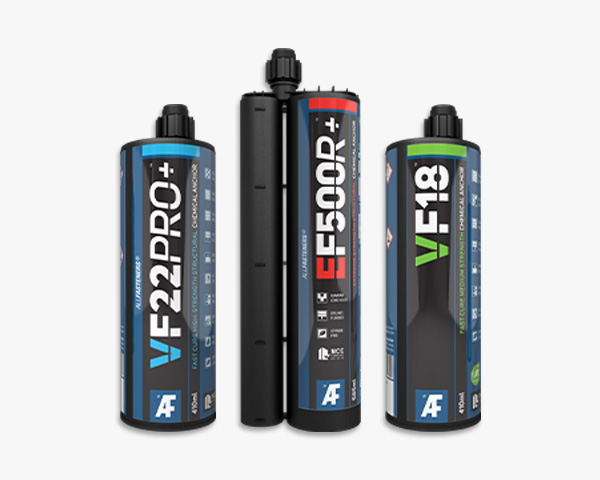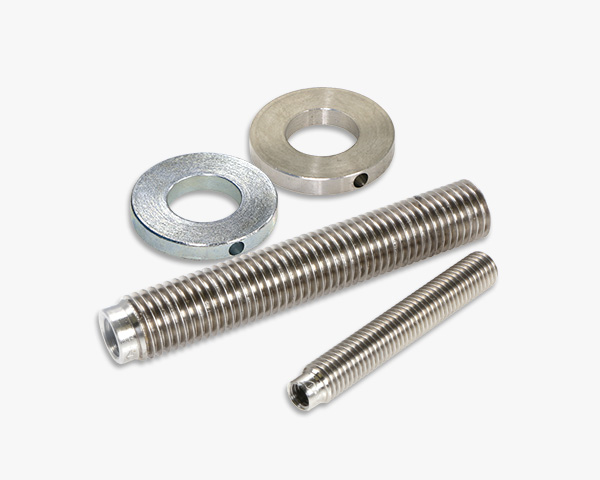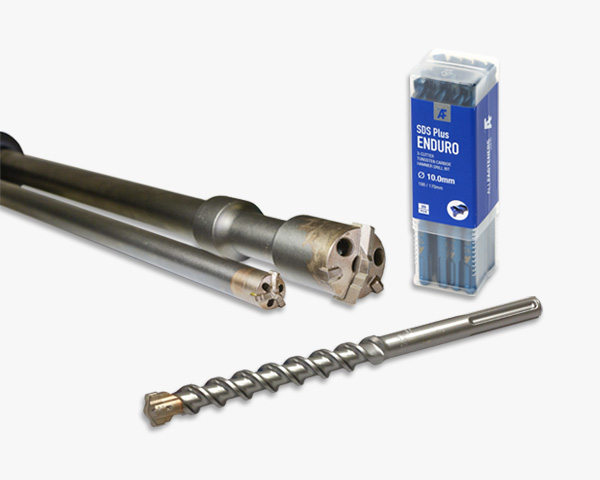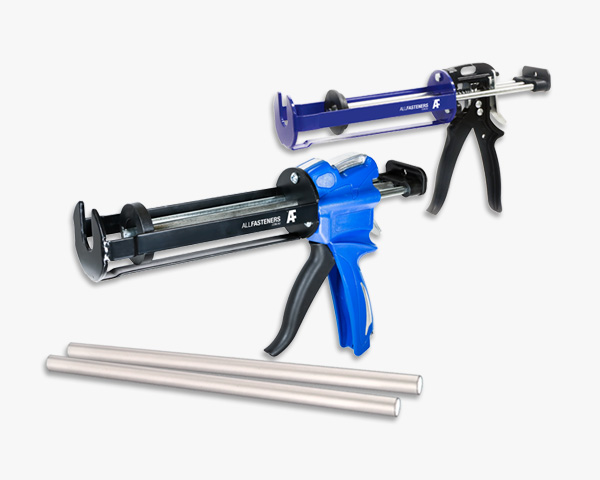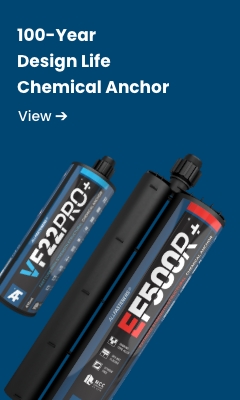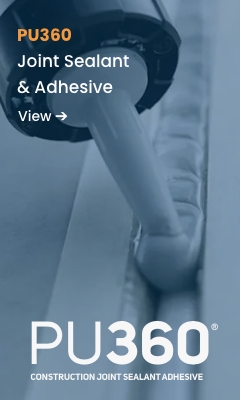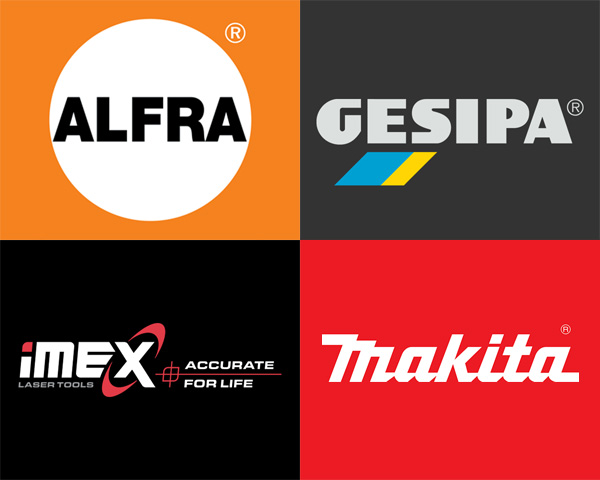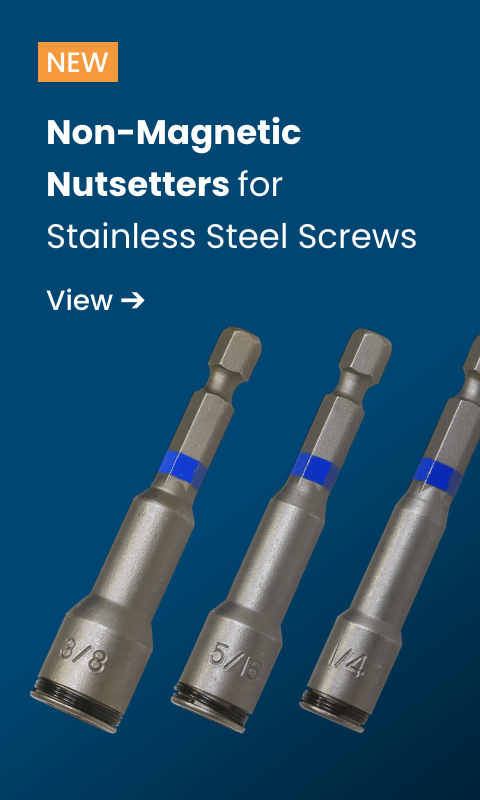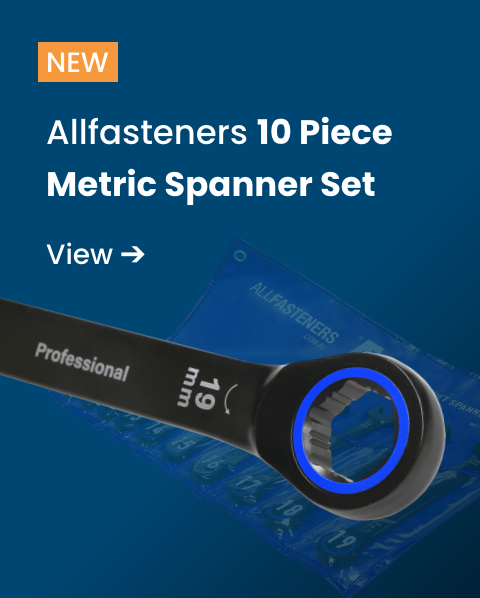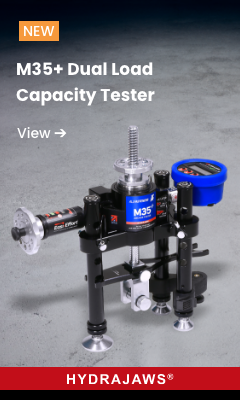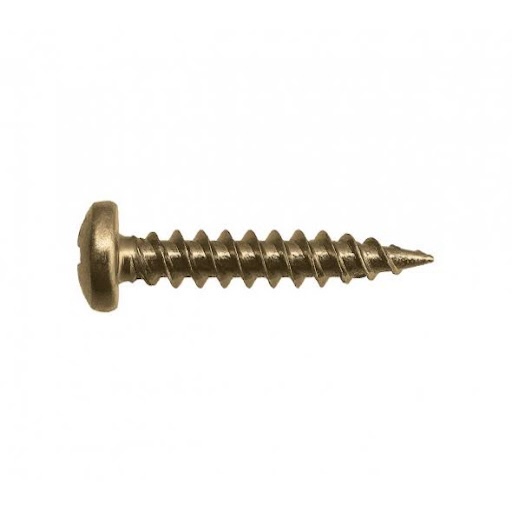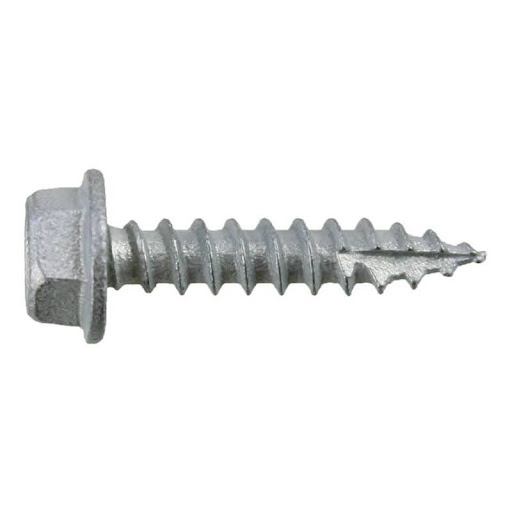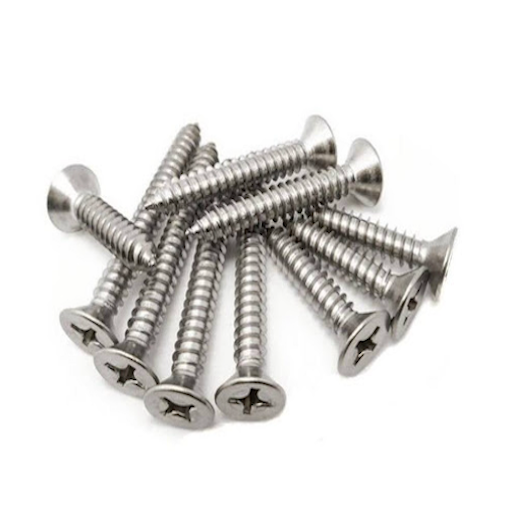Find All Types of Screws for Every Application
Standard fasteners, screws resemble nails in size, form, and purpose, but their threads—ridges—are best for gripping the interior of the screw hole when you push it into the material. A wide variety of sizes, styles, and types of screws are available, including some specialty ones that do not need a screwdriver, including double-ended or hammer-drive screws.
Allfasteners have every kind of screw in stock with us, carefully sorted according to integral details to help you know what screw best fits your construction needs. We have everything you need to finish any big or small project, whether building a modest garden shed or a major commercial project.
Types of Screws
Screws are dependable and adaptable fasteners since they are available in a wide variety of sizes, shapes, materials, and uses.
Application of Each Type of Screw
Before beginning a project, it's critical to understand the various types of screw and their applications. Make sure to ascertain which screws are ideal for the task at hand.
Chipboard Screws
Specifically designed to work with chipboard, particleboard, and other comparable composite materials, are chipboard screws. These screw types are a vital fastening solution for a variety of woodworking applications because of their distinctive designs and qualities that guarantee a strong and long-lasting hold.
In lesser sizes, the head of a chipboard screw has a single thread that extends from the base to the tip. People refer to chipboard screw's thread as coarse; this merely means that there is more space between each thread peak.
Needle Point Screws
Needle point screws, sometimes referred to as Pierce-point screws, are a particular kind of fastener used to fasten light gauge sheet metal.
Because of their distinctive thread design and sharp needles, which offer a dependable and long-lasting connection between materials, needle point screws are an excellent fastening option for a range of applications. They are the perfect option for various metalworking jobs due to their accuracy, simplicity of use, and capacity to offer a firm grip, all of which enhance the effectiveness and integrity of the finished product.
Particle Board Screws
Full-length thread screws are for particle board construction. The longer thread attains greater engagement and better pull-out strength.
Similar to coarse thread drywall screws, particle board screws come in shorter lengths than regular drywall screws. They have a black phosphate finish, highly sharp points, spaced threads, and a bugle head. Particle board screws are made primarily with dense woods like particle board, and chipboard utilised in both residential and commercial joinery by cabinet makers.
Self-Drilling Screws
A screw type that resembles a drill bit with a tip that allows it to drill its hole is called a self-drilling screw. Self-drilling screws, as its name suggests, don't need a pilot hole to function as a fastening. Their purpose is mainly for metals, wood, and mild steel.
Since some self-drilling screws are for specific materials, the first and more practical consideration is the thickness and kind of material to be linked. Drill load, or the amount of force applied to a drill during installation, is another crucial feature of self-drilling screws.
Self-Tapping Screw
Self-tapping screws may tap threads into many materials. They are best for brick, metal, and wood are just a few of the materials that self-tapping screws.
It is necessary to pre-drill a pilot hole before installation because these types of screws are not capable of drilling through metal.
When put in place, the screw's threads tap the metal or wood. Thus a pilot hole is made with a drill bit that is somewhat smaller than the screw.
Type 17 Self-Drilling Screws
With a cut-out flute to help collect and eliminate waste, the type 17's sharp pointed shape enables a self-drilling function akin to a drill bit.
Self-drilling wood screws for rugged woods, such as hardwoods, are typically used with this kind of tip. When drilling, the flute cutout and sharp point help clear away wood chips and debris, which lessens the overall torsion on the screw heads and driver.
These screw types are beneficial for work near edges since the type 17 points also stop wood fibres from separating, which causes splitting.
Stainless Steel Screws
Adding at least 10% chromium compound to iron and carbon alloy steel results in stainless steel screws. Because chromium supplies the passive oxide layer that prevents rust, chromium is necessary to make stainless steel. Stainless steel may include other metals, such as carbon, silicon, nickel, molybdenum, and manganese. The excellent properties of stainless steel in construction and other applications result from these additional factors.
Stainless steel is among the greatest fastener materials because of all these benefits.
Contact Your Trusted Fasteners and Screws Supplier
If you're looking for a screw supplier you can trust, look no further than Allfasteners. For any enquiries, contact us today.





